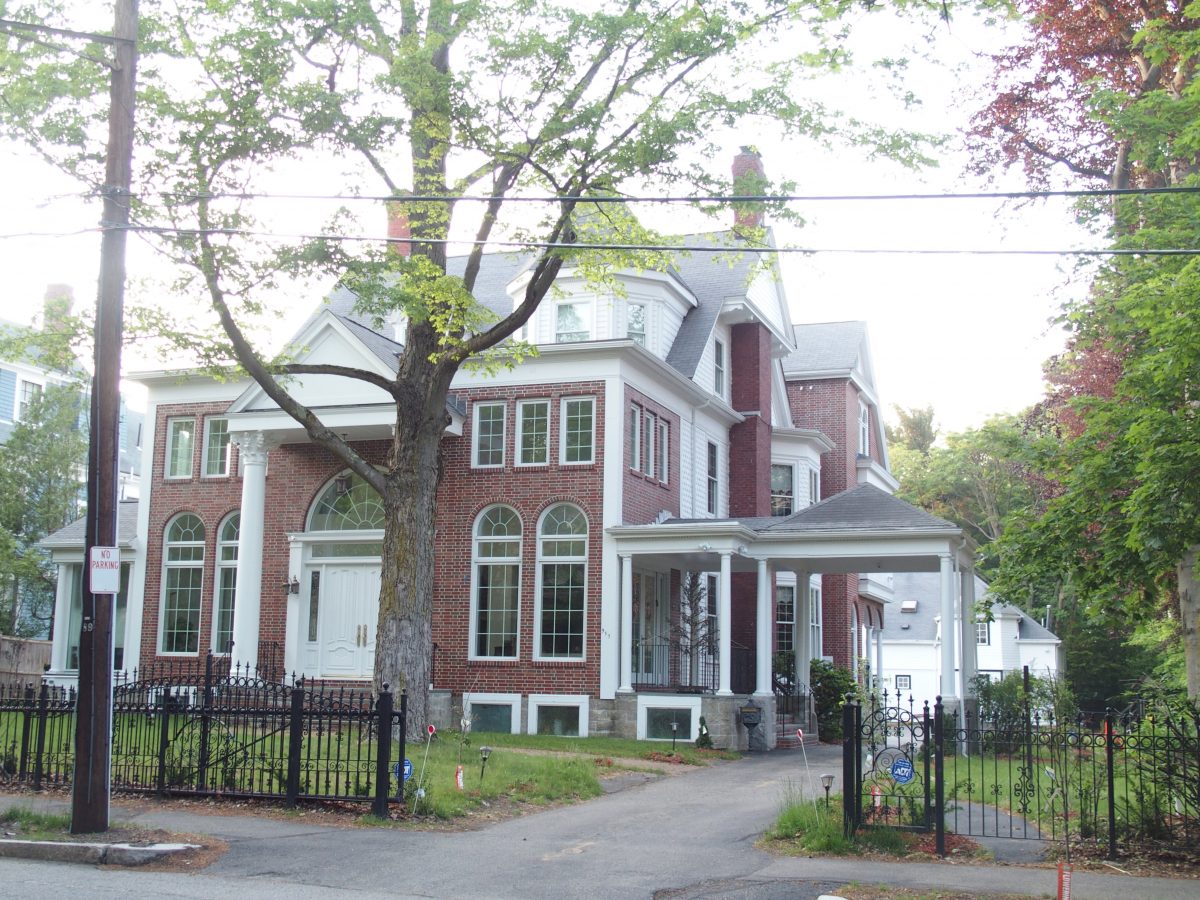My home city of Newton, Massachusetts, likes to think of itself as green. We have a high recycling rate, shun the use of chemicals to control pests, support community gardens, take an aggressive stance toward water management, advocate for solar roof installations, and recently we even banned the use of plastic shopping bags in supermarkets. But the issue that unites us like no other is energy efficiency.
So when the political opportunity opened up in 2010 Newton adopted a building code that requires higher energy performance than would be achieved in constructing a comparable house according to the general Massachusetts building code. This so-called “stretch code” set the bar at a performance level 20% higher than the baseline. This was a modest step toward energy efficiency, nothing like the building codes that have been adopted by several European countries, but since in Newton about 40% of total greenhouse gas emissions comes from the residential sector this was a notable improvement.
In order to track the progress of the Stretch Code my colleague and I have recently examined the energy performance of several hundred residential houses built since 2010. The good news is that their performance was 30-40% better than the baseline. This means that once the construction industry adopted different materials and practices it was not a “stretch” for them to produce much more energy efficient buildings (and not a single complaint was filed!). But when we looked at the specifications of these new houses we discovered that in almost all cases the new construction entailed replacing an older smaller house, somewhere around 2000 s.f. in floor space (roughly 200 s.m.) with a huge 4000-6000 s.f. mansion. My very rough back-of-the-envelope calculations show that doubling the floor area of a house increases the surface area of its envelope (and thus the heating and cooling energy demand) by about a factor of 1.8 while the factor for tripling the house size is about 2.7. This is what this means in practice: we increase the energy demand by between 80 and 170% owing to size while also reducing it by between 30 and 40% owing to more efficient construction. Stated differently, we are losing ground but at a slower rate than we would without energy efficiency measures.
This phenomenon of tearing down modest but perfectly serviceable middle-class houses and replacing them with luxurious giants is rampant across coveted communities across the country. It goes hand in hand with the disappearance of the middle class. This is a perfect storm: the municipality benefits financially from higher real estate taxes, and in the areas where the cost of land is high mortgage lenders and developers find much greater profit in larger houses. And there is a steady stream of people in the U.S and worldwide with plenty of money, looking to park this money in real estate.
No wonder my efforts to frame the issue of house sizes as that of climate protection and (un)sustainable consumption have been futile. A friend local and politician, a person I respect, recently said to me that being critical of large houses sounds like an envy of rich people. OK, I got the message: do not bring it up. Stick with trash recycling, street lights, and solar panels. And do not disturb our smug Newton certainty of being green by collecting quantitative performance data.


